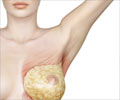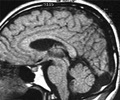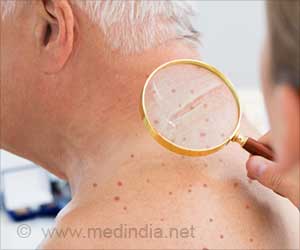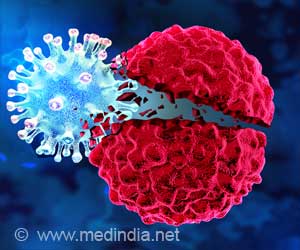Researchers suggest that lack of exposure to vitamin D during the winter months could be interfering with the body’s ability to metabolize tamoxifen.

In the liver, tamoxifen is converted to the active form of the drug called endoxifen by a protein called CYP2D6. "We know that endoxifen is nearly 100 times more potent against the estrogen receptor relative to tamoxifen," says Dr. Kim. "Our research has shown that patients with normal CYP2D6 activity can easily convert tamoxifen to endoxifen, whereas patients with no CYP2D6 activity have a significantly limited ability to convert tamoxifen to endoxifen."
In addition to the seasonal effect, Dr. Kim found that the simultaneous use of a common antidepressant can also substantially lower the body's ability to metabolize endoxifen levels. "Patients who are either partly or completely deficient in CYP2D6 and who are prescribed the SSRI class of antidepressants are at major risk for subtherapeutic endoxifen levels," says Dr. Kim.
With nearly 10 percent of the population completely lacking CYP2D6 enzymatic activity, these findings have important clinical applications. "Our most recent findings are important additions to the pool of data we already have on tamoxifen therapy," says Dr. Kim. "These new clinical and genetic markers can aid physicians to better identify patients who will benefit from tamoxifen, as well as those patients at risk for suboptimal benefit."
Source-Eurekalert














